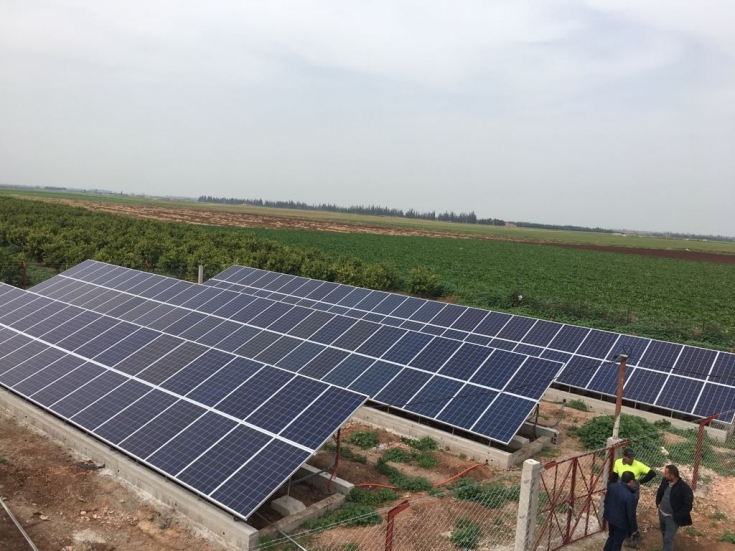Moroccan Ministry of Energy, Mining and Sustainable Development (Ministère de l’Energie, des Mines et du Développement Durable, MEMDD) has designated €206.1 million for investments in solar energy to be directed towards projects meant to lift agricultural production. The funding will be used to promote the use of solar energy to power water pumps for irrigation as part of a plan to boost agricultural water access to more than 100,000 ha of new land by 2021. The decision ought to help curb consumption of butane gas in farming and agriculture, part of broader government efforts to move towards clean energy.
Rabat has been pursuing an active renewable energy policy for some time. In mid-2016, Noor II and Noor III – the second and third facilities of the massive Noor solar complex near Ouarzazate – were launched. The project is estimated to cost about $9bn in total. When completed, the Noor solar complex will be the largest of its kind in the world, providing power for 1.1 million people. King Mohammed VI inaugurated the first phase of the project in February 2016, bringing 160 MW of installed capacity to Morocco’s grid. The second and third phases will bring 200 MW and 150 MW, respectively, and are scheduled to become operational in 2018. The project’s fourth and final stage, launched in April, will add additional 70 MW.
The first three facilities will make use of concentrated solar power technology – a technique whereby large mirrors channel the sun’s energy to heat liquid inside tubes that can then power turbines. The fourth part will use standard photovoltaic panels. The combination of both technologies will allow the solar complex to supply energy by night as well as by day – a major breakthrough in dealing with solar power’s inherent challenge of inconsistent supply.




